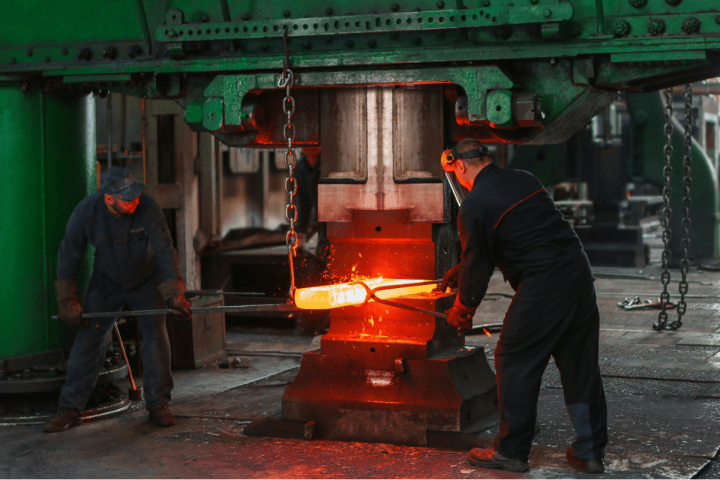Why is Labor Day celebrated in May outside the USA?

Top ten books everyone should read right away
April 27, 2022
Beautiful Mothers’ Day paper gifts
May 6, 2022
People around the world will be enjoying an extra day’s vacation this month, thanks to the May Day public holiday. In many countries, May Day is celebrated as International Workers Day – but not in the USA or Canada. The Business Optimizer team explores the history of the day.
For many people, the May Day holiday is associated with the festivities and signs of springtime. However, its roots as a public holiday owe much to the international labor movement.
In the USA and Canada, Labor Day is celebrated in September
Some countries celebrate Labor Day on a different date. In the USA and Canada, Labor Day is celebrated on the first Monday of September.
The choice of this date recognises the day that the Central Labor Union in New York City held its first Labor Day event on Tuesday, September 5, 1882. The day was attended by a wide range of tradespeople, ten thousand of whom marched from City Hall to a giant picnic in a park. To do this, some risked their jobs, since the day was not yet an official holiday.
The roots of the May Day public holiday
The Marxist International Socialist Congress chose May Day as the date of International Workers Day when it met in Paris in 1889. They adopted a resolution for a “great international demonstration” in support of working-class demands for the eight-hour working day.
The choice of this date reflected a desire to commemorate the Haymarket affair in Chicago in 1886, when both police and protestors were injured and killed. Hundreds of labor leaders and sympathizers were later rounded up and four were hanged.
On May 1, 1890, the call went out to encourage May Day demonstrations in the United States and Europe. May Day was intended to be a one-off protest but – says Richard Seymour, writing in the Guardian, the day of protest persisted amid a flourishing trade unionism to become an annual event.
May Day through the twentieth century
May Day has amazing global reach. Even for the inaugural event in 1890, May Day was celebrated from across Europe to the USA, Chile and Peru.
In the 1950s, the Catholic Church threw its weight behind the May Day holiday. To foster devotion to Saint Joseph among Catholics, and in response to the May Day celebrations for workers sponsored by Communists, Pope Pius XII instituted the feast of Saint Joseph the Worker in 1955.
During the Cold War, the Soviet Union celebrated May Day with large military parades in Red Square in Moscow with senior leaders from the Kremlin viewing the event from the top of Lenin’s Mausoleum. The parades became a defining image from the era.
In Spain, the fascist Franco regime outlawed May Day and it wasn’t celebrated again until 1975. The day was similarly suppressed in Portugal under the Estado Novo. The first workers’ day demonstrations in Portugal were held in 1974, a week after the “carnation revolution” of April 25, 1974, in Lisbon – which brought about the peaceful ousting of the Estado Novo regime in less than 24 hours.
In South Africa, May Day became associated with resistance to the apartheid government. After the country’s first universal election in 1994, May Day was adopted as a public holiday in 1995 to recognize the role played by trade unions and other labor movements in the anti-apartheid struggle.
How May Day is celebrated today
May Day is now celebrated as the International Workers Day public holiday across most of Europe and South America and much of East Asia.
In some places, the meaning of the day has broadened out as protest groups have sought to draw on the traditions of the day. In the UK, for example, the day has become associated with anti-government protest – from the miners’ strikes of the 1980s in response to the Thatcher Government’s attempts to break the unions and, more recently, the Occupy movement.
In 2012, Occupy took May Day back to its original roots – organising an Occupy Wall Street event in the USA.
Discover more about special days around the world
- Compare the history of May Day with the history of Labor Day in the USA.
- Discover the troubled history of Columbus Day in the USA.
- Earth Day falls in April – we shared some coloring templates to mark the occasion.
- One for your diary: some great activities to celebrate World Chess Day in July.



